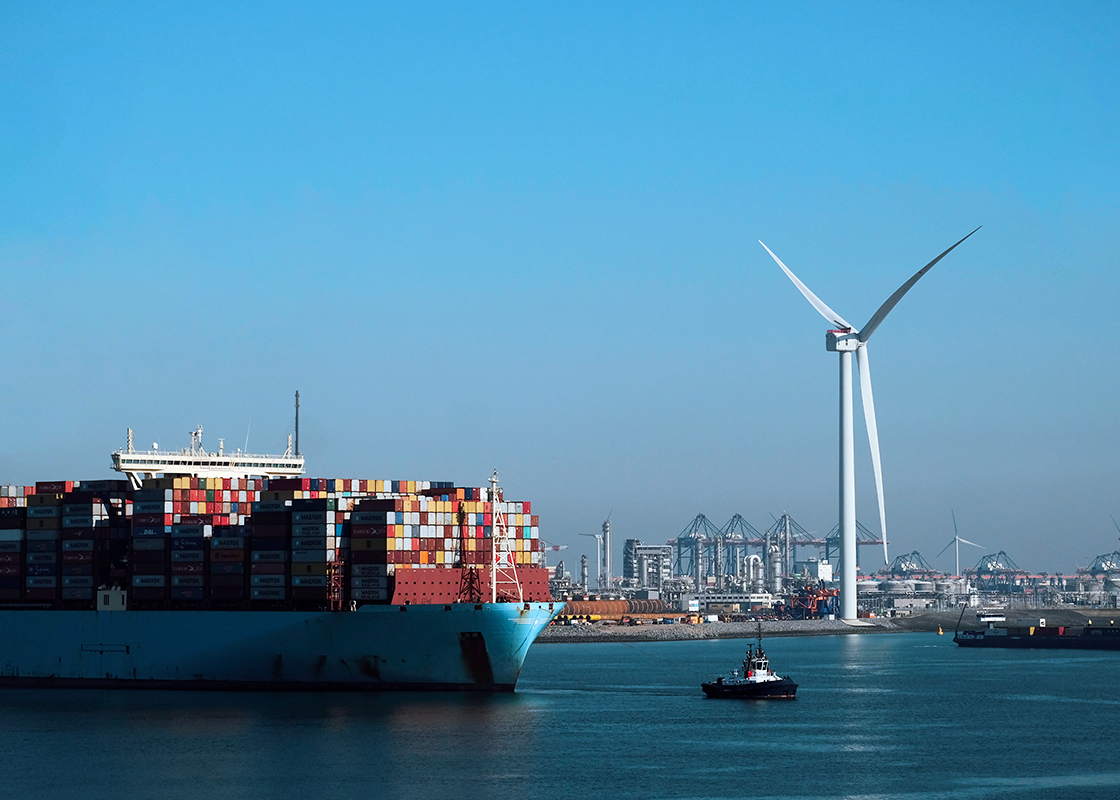Which ships are subject to the IMO DCS?
All ships of 5000 GT or above performing international voyages regardless of Flag or country of ownership. Ships engaged on domestic voyages, ships not propelled by mechanical means and platforms, including FPSOs, FSUs and drilling rigs, are excluded.


